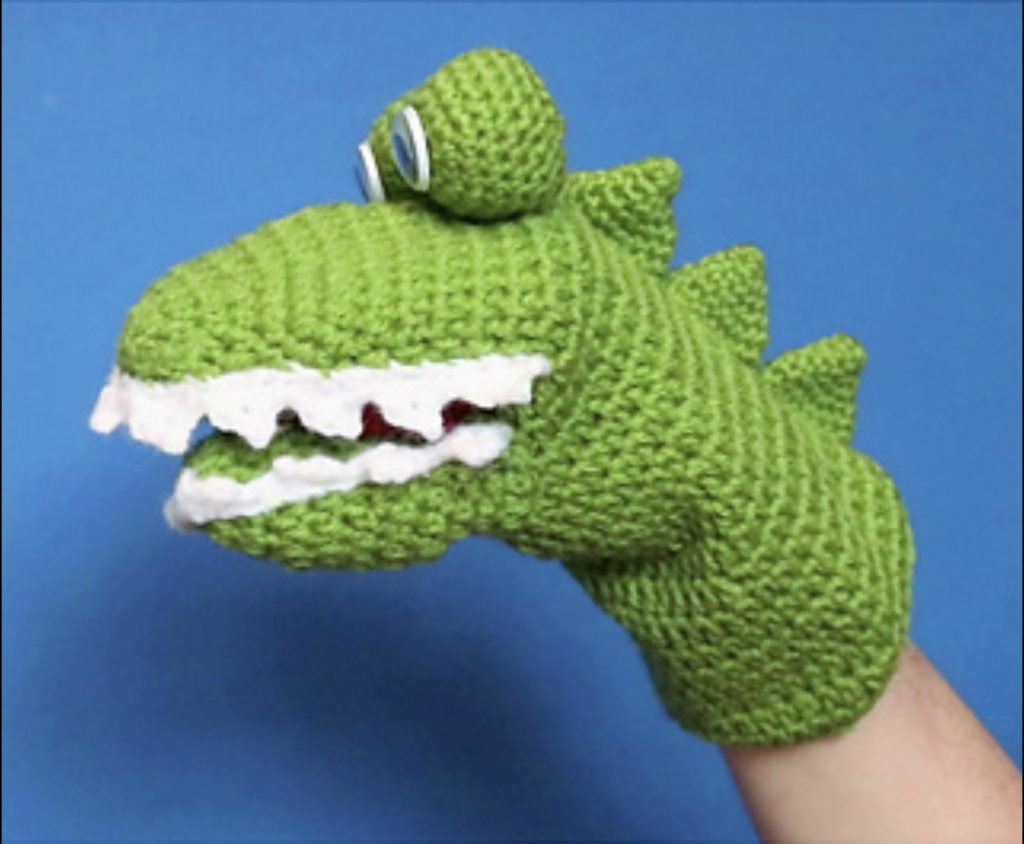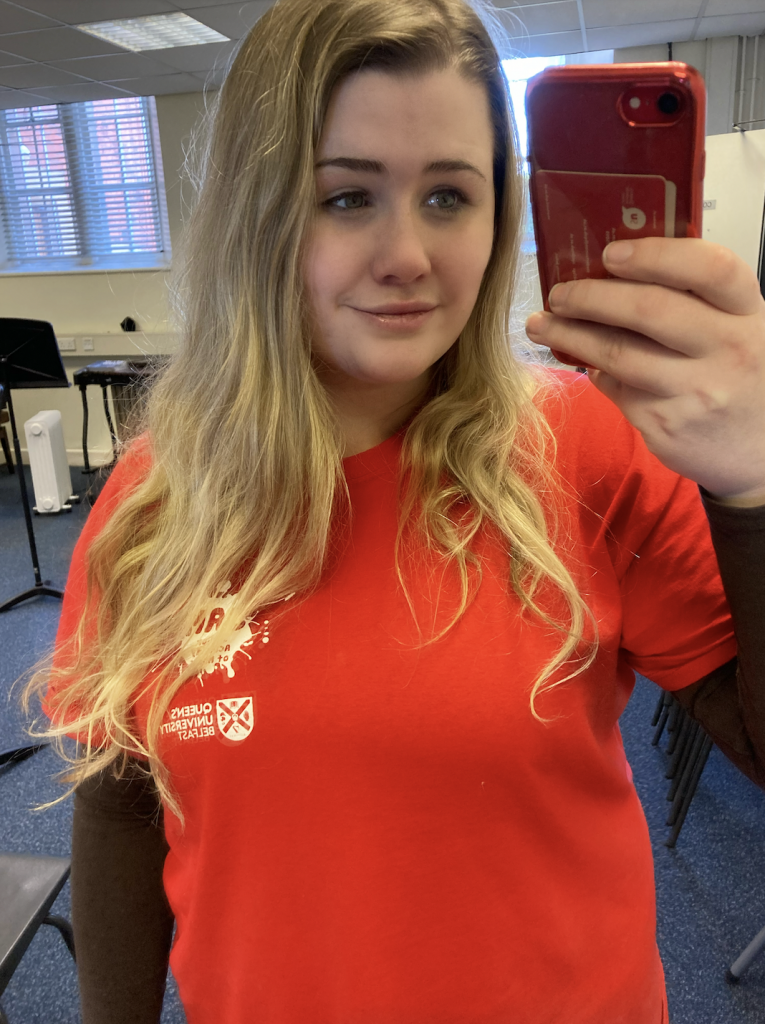Juba the Yellow Cat and Five Little Monkeys!
American motivational writer William Arthur Ward once said that ‘A mediocre music teacher tells. A good music teacher explains. A superior music teacher demonstrates. A great music teacher inspires’. With such responsibility placed on the role of an educator, I felt apprehensive about entering the world of music education. However, my placement at the Junior Academy of Music (JAM) has provided me with new confidence and understanding of the role and responsibilities of a music teacher.

To consciously consider my experiences and gain insight into my practices, I will use Gibbs’ Reflective Cycle (1988) to reflect and examine my involvement in starting placement at JAM.
Initially, I assisted with was the Green group, a music education class for children aged four to seven designed to introduce young aspiring musicians into the foundations of musicianship. The sessions involved lots of singing and rhythmic games and introduced a sense of intonation through various tuned percussion instruments. Before undertaking my placement, I researched JAM’s teaching methodology and noted how emphasis is placed on the importance of movement in early music education. In my own external teaching practice, I’d never considered the role of movement in music, so as part of my preparation for the placement I decided to research how movement can aid children in their understanding of rhythm and pulse. According to scholar Susan M. Tarnowski (1999, p.28) in Musical Play and Young Children ‘Repeating and stabilizing patterns of movement are as much a part of instrument playing as creating and recognizing melodic and rhythmic patterns’. In my own learning experience, I noted how a musical exercise called ‘Jubba the Yellow Cat,’ utilised movement to help children maintain a steady beat.
The exercise involved the children following a leader and stamping their feet in time to the following lyrics:
“Juba this and Juba that.
Juba chased a yellow cat,
Juba up and Juba down,
Juba running all around!”
I felt great anxiety going into this activity as I was unfamiliar with the exercise, however, learning by experience, as Britzman (1991, p.33) states, ‘is a fundamental value in the process of becoming a teacher.’ Evaluating the outcomes of the activity, I discovered how it not only helped raise the children’s awareness of pulse in music but also allowed them to practice cooperation and listening skills as they took direction from the group leader. Furthermore, as the lyrics of ‘Jubba the Yellow chat’ are chanted rather than sung, I observed how those socially more reserved in the class became more effective communicators as the experience allowed them to become more self-assertive with their spoken voice.
Once the children felt comfortable in their spoken voices, it was time to sing! To introduce the children to the solfa scale, Sam manipulated the melody of the nursery rhyme ‘Five Little Monkeys’ so it would only include the notes ‘so’ and ‘mi’. Curious as to why the children were being taught solfa at such a young age, I asked Sam why he chose to include it in his lesson plan. I gained valuable insight as he explained that teaching solfa to young children helps them internalise music and build on musicianship skills without the technical challenges of an instrument. I felt excited to observe how the children would respond to the exercise! Examining the outcomes of the activity, Sam’s use of physical hand signs to accompany ‘so’ and ‘mi’ successfully aided in developing musical memory and critical listening skills in a multi-sensory way. Moreover, the children were able to stamp out a pulse to ‘Five Little Monkeys’, which demonstrated that the previous exercise on pulse had been valuable in their learning.
Analysis, Conclusion, and Action Plan!
As Gibbs (1988, p.9) states in Learning by doing: A guide to teaching and learning methods, ‘It is not sufficient simply to have an experience in order to learn. Without reflecting upon this experience, it may quickly be forgotten, or its learning potential lost’. Analysing how successful the learning outcomes where in the ‘Jubba the Yellow Cat’ exercise, I realised that children become effective communicators when exposed to a variety of sensory and musical experiences incorporating movement, language, and interaction.

On the other hand, in ‘Five Little Monkeys’ I observed how some children became too loud in their excitement which disrupted the lesson. To reinstate the children’s attention, I noted how the group leader could regain the group’s attention by using a crocodile puppet to accompany the song. As ‘young children are fascinated by puppets and readily accept the apparent magic that is responsible for giving them life’ (Smith, C., 1979, p.4), the children were more willing to engage effectively with the activity. Moreover, the inclusion of the puppet in the exercise let the children’s voices develop through the characterisation of the crocodile.
In conclusion, althoug I felt frustrated when the children sometimes struggled to grasp the learning outcomes of exercises, I learned that play in early music education is ‘an activity in which being engaged in a process, rather than achieving a final product, is the goal’ (Tarnowski, 1999, p.27). I now understand that musical play allows children to explore different tone colours and gain a sense of structure through patterns of melody and rhythm. In the future, I hope to lead some of the sessions myself; however, I plan to learn all of the song cycles first. Initially at the start of my placement I felt unprepared so I recognise that more preparation work is needed. Additionally, scholars such as Allsup (2003, p. 28) have suggested positive teacher and student relationships have a ‘positive effect on an array of outcomes from academic performance to self-esteem, interpersonal relations, attitudes toward learning and school, self-control, and even feelings of altruism and goodwill’ therefore I will aim to establish a good rapport with the group over the next couple of months.

Bibliography
Allsup, R. E., 2003. Mutual learning and democratic action in instrumental music education. Journal of Research in Music Education, 51, p.28
Britzman, D., 1991. Practice makes practice: A critical study of learning to teach. Albany: State University of New York Press, p.33.
Gibbs, G. (1988). Learning by doing: A guide to teaching and learning methods. London: Further Education Unit, p.9
Smith, C., 1979. Puppetry and Problem-Solving Skills. Young Children, 34(3), p.4.
Tarnowski, S., 1999. Musical Play and Young Children. Music Educators Journal, 86(1), pp.27-28.
You May Also Like

Learning from experience- Am I on the right track?
28 November 2021
Feast vs Famine
26 November 2021

